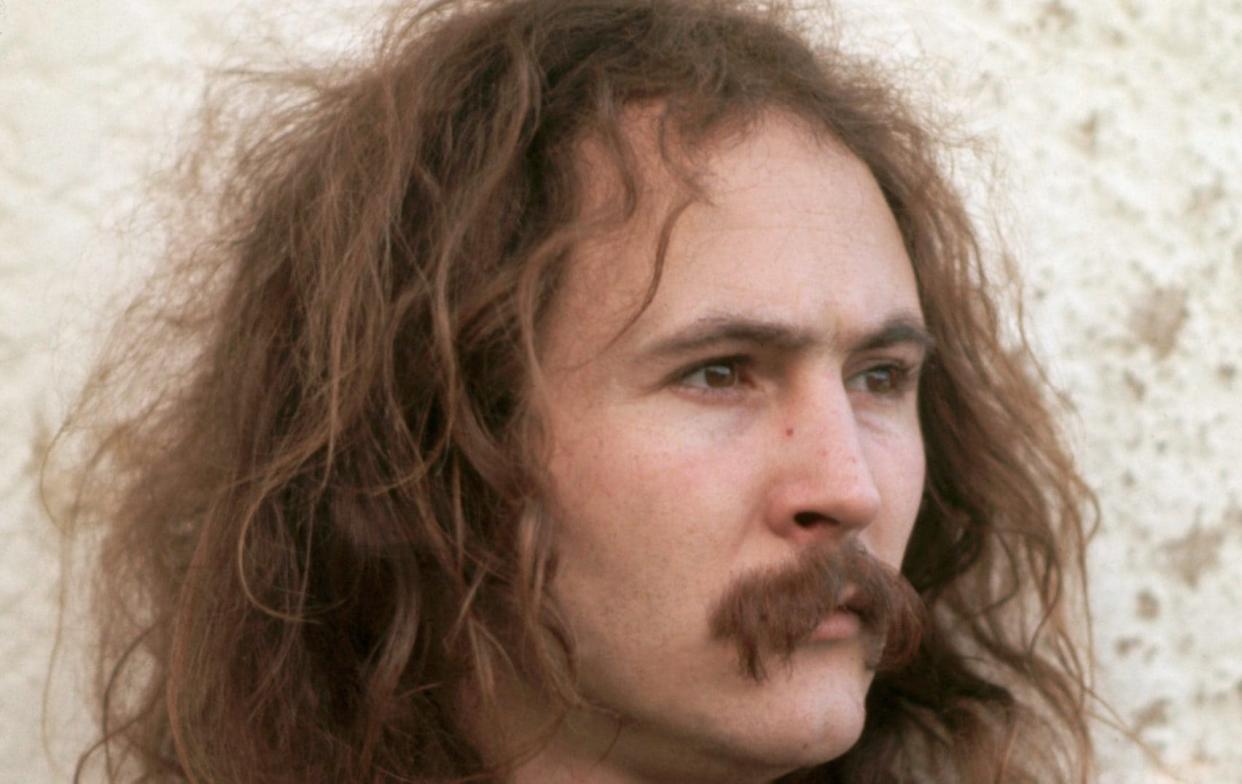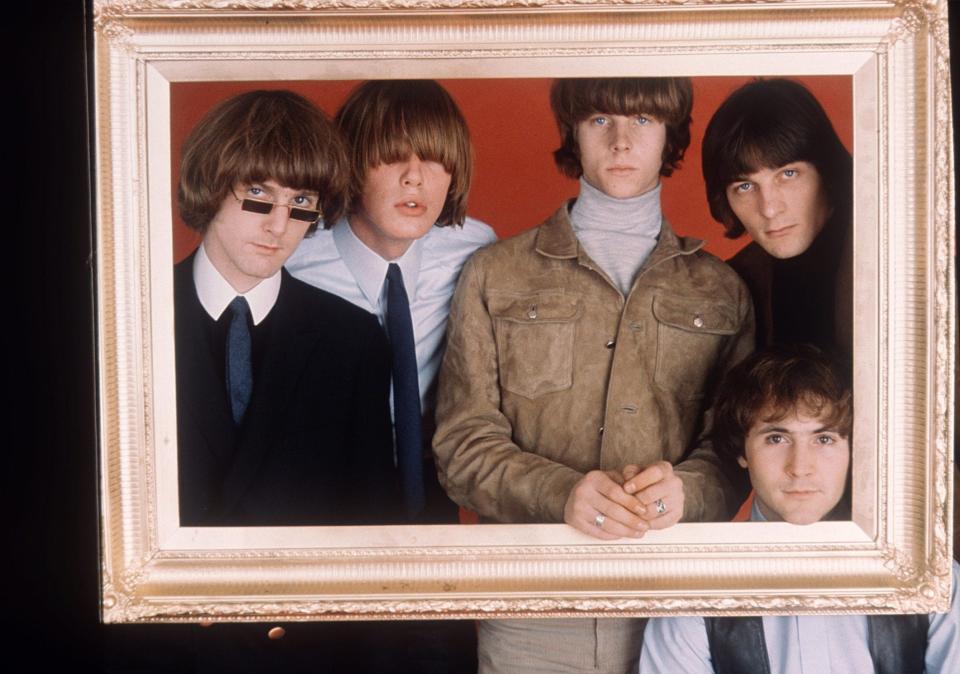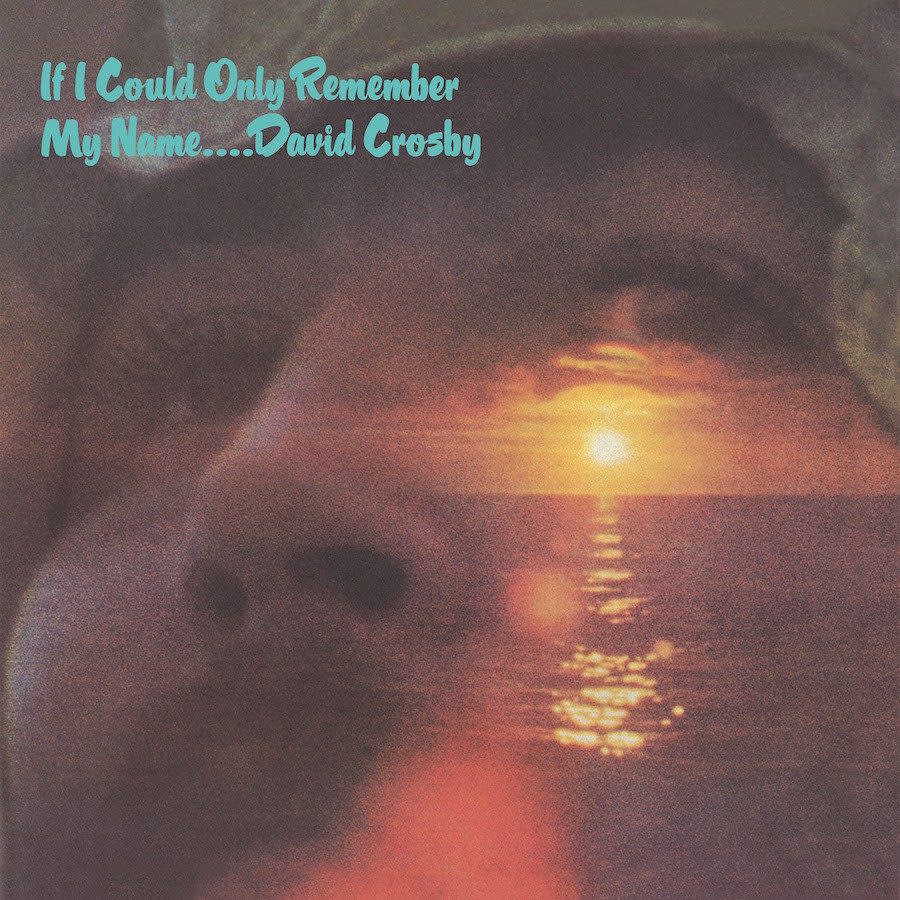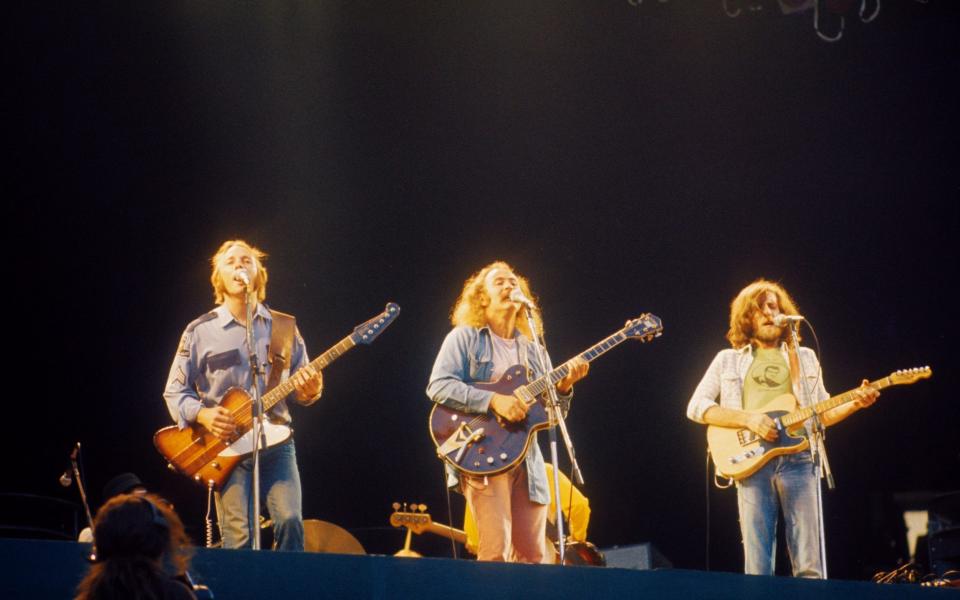David Crosby, outstanding figure of rock who made timeless records with the Byrds and Crosby, Stills & Nash – obituary

David Crosby, who has died aged 81, was a guitarist and songwriter who enjoyed his greatest success in the 1970s as a member of the group Crosby, Stills & Nash.
One of the first rock “supergroups”, CSN, as they became known, built their sound around sweetly keening vocal harmonies and musical arrangements which moved between delicate acoustic instrumentation and driving rock. Their appearance at the Woodstock Festival in 1969, along with occasional member Neil Young (becoming CSNY), made them among the most potent, and commercially successful, musical emissaries of the American counterculture.
Crosby wrote haunting melodies with lyrics that fancifully reflected the era’s themes of political protest, hedonism and utopian idealism. The fulminating Long Time Coming was an anti-establishment tirade prompted by the assassination of Robert Kennedy in 1968. Wooden Ships described a post-holocaust world populated by hippies surviving on a diet of purple berries – “I’ve been eating them for six or seven weeks now, haven’t got sick once”; Triad celebrated the glories of a ménage à trois, a favourite domestic arrangement of Crosby.
While the anthemic Almost Cut My Hair elevated a refusal to visit a barber (“But I didn’t and I wonder why, I feel like letting my freak flag fly”) to an act of individual rebellion, Crosby adhered tenaciously to his own principle. His shoulder-length hair, walrus moustache and fringed buckskin jacket became a blueprint for the popular hippie style.
An enthusiastic consumer of narcotics and a man unburdened by the constraints of modesty, he relished his position as a bard of “Woodstock Nation”. Crosby, Stills & Nash was an ensemble beset by feuding – Stephen Stills’s dismissal of his confreres as “fat, rich and lazy” was one of the kinder insults the group traded among themselves over the years – and the spectacle of three titanic egos fighting, splitting and making up again constituted one of the longest-running soap operas in rock music.

David Crosby was born on August 14 1941 in Los Angeles. His father Floyd was a cinematographer who won Academy Awards for his work on High Noon and Tabu, and his mother Aliph had been a New York debutante, listed in the “blue book” social register.
A rebellious child, Crosby claimed to have been “thrown out of every school I ever went to”. Both his father and elder brother were musical, and aged 17 Crosby began performing in coffee-houses in his home town of Santa Barbara – largely motivated, he would later acknowledge, by a desire to meet girls who would otherwise have looked the other way: “I’m no Gregory Peck…”
He moved to New York where he eked out a living performing on the same round of folk clubs as the young Bob Dylan, before eventually making his way back to Los Angeles where he sang with a folk group, Les Baxter’s Balladeers. A chance meeting with two other folk-singers, Jim McGuinn (later Roger) and Gene Clark, led to the formation of the Byrds, completed with the arrival of Chris Hillman on bass and a drummer, Michael Clarke, recruited largely on the basis of his “cool look” (Clarke had virtually no prior musical experience).

Their breakthrough came when the group’s producer Jim Dickson acquired a pre-release acetate of Bob Dylan singing his song Mr Tambourine Man. The Byrds’ recording of the song, their first single, went to No 1 in both America and Britain in 1965.
While the band themselves, McGuinn apart, did not actually play on Mr Tambourine Man – Dickson insisted on using experienced session musicians instead – the combination of chiming guitars (McGuinn had adopted a Rickenbacker 12-string guitar in imitation of the Beatles’ George Harrison), and close harmonies gave the Byrds a signature sound which came to define “folk rock”.
Initially dubbed “America’s Beatles”, the group quickly established their own voice with such songs as Turn! Turn! Turn! and Eight Miles High, which with its sitar-influenced guitar sounds was the model for the short-lived fad for what became known as “raga rock”.
Crosby’s dulcet harmony vocals and a distinctive guitar style comprised of modal tunings, which he said were inspired by studying John Coltrane’s pianist McCoy Tyner, became a core element in the Byrds. But his growing sense of his own importance led to friction within the group, culminating in their refusal to include a recording of his song Triad on the album The Notorious Byrd Brothers, after McGuinn had derided the song as “a freak-out orgy tune”. Crosby instead gave the song to his friends the Jefferson Airplane, and it was later included on the Crosby, Stills, Nash and Young album, 4 Way Street.
The Byrds split during the recording of The Notorious Byrd Brothers. When the album was eventually released, the cover depicted the remaining members peering from a stable with a horse where Crosby would have been. He always insisted that the placement was a deliberate insult by McGuinn. Other accounts maintain that Michael Clarke’s horse had wandered over and poked its head through the remaining window on its own, and the photographer thought the happenstance made for an interesting shot.
But Crosby exclaimed in a 1980 interview with Byrds biographer Johnny Rogan: “An accident? An accident! ... Do you believe that? It’s bullshit. You know it is. You know why [McGuinn] did it.” McGuinn later retorted: “If we had intended to do that, we would have turned the horse around.”

Fired from the Byrds, Crosby formed an alliance with two other celebrated musicians, Stephen Stills, who had enjoyed success with the Los Angeles group Buffalo Springfield, and the English singer Graham Nash of the Hollies, who had become disenchanted with that group’s comparatively lightweight pop sensibility.
The group’s first, eponymous, LP, released in May 1969, was a critical and commercial triumph, rising to the top of the album charts and producing two single hits, Marrakesh Express and Suite: Judy Blue Eyes. For only their second live performance together the group were booked to appear at the Woodstock Festival in August that year, where they were joined by Neil Young, who had worked with Stills in Buffalo Springfield.
Crosby, Stills, Nash & Young were one of the major hits of the festival, and their soaring harmonies and airy melodies – what Jimi Hendrix described as “Western sky music” – came to be seen as a musical representation of the mood of political idealism and personal freedoms that characterised the so-called “Woodstock nation”.

Crosby became a pivotal figure on the Los Angeles music scene. He discovered Joni Mitchell as a struggling folk-singer and produced her debut album, and they were briefly lovers. He enjoyed a reputation as an energetic ladies man, and would often take to the ocean in his 60 ft schooner, Mayan, with a crew that comprised a disproportionate number of willowy blondes.
A Crosby, Still, Nash & Young album, Deja Vu, released in 1970, consolidated the group’s standing as one of the most successful groups in America, producing three Top 10 singles. And in 1971 Crosby recorded his first solo album, If I Could Only Remember My Name, a collection of meandering, free-form songs featuring such West Coast musical luminaries as Jerry Garcia, Paul Kantner and Joni Mitchell.
In 2010 the album would, rather improbably, receive the Vatican’s seal of approval, appearing second on a list of the Top 10 Pop Albums of All Time published in the official newspaper of the Holy See, L’Osservatore Romano. The Beatles’ Revolver was No 1.
In the same year as that first solo album – 1971 – CSNY’s 4 Way Street went multi-platinum, but the internecine squabbling within the group led to its disintegration, obliging Crosby and Nash to go their own way as a duo, producing two highly regarded studio albums, Wind on the Water in 1975 and Whistling Down the Wire in 1976.
Another Crosby, Stills and Nash album, CSN, followed in 1977. But the well was running dry, not least because of Crosby’s increasingly debilitating addiction to crack cocaine.
Nash would later recall a moment in 1979 when the pair were recording at Britannia Studios in London. “One night we were in the middle of an incredible jam when his freebasing pipe fell and shattered into a thousand pieces. And he stopped the whole jam to pick up the pieces… That’s when I realised David needed help.” The sessions were abandoned.

Another CSN album, Daylight Again, was released in 1982, but Crosby made only a minimal contribution. He would later estimate that his cocaine habit was costing him up to $1,000 a day and that by the time he had conquered his addiction he had squandered more than $2 million on the drug.
In April 1982, Crosby was arrested after dozing off at the wheel of his car while driving in the fast lane of the San Diego Freeway. Arriving on the scene police discovered a .45-calibre pistol, cocaine, a freebasing pipe and butane torch in the vehicle. Asked why he was carrying a weapon, Crosby replied: “John Lennon”. He was fined $751, put on three years’ probation and ordered to enter a drug rehabilitation programme.
It was to be the first of a string of arrests for drug possession over the next few years, and in 1986 Crosby spent eight months in the Texas Department of Corrections in Huntsville, where he performed with the prison band and worked on a detail making mattresses. “If you ever get a bad mattress,” he said later, “it’s probably one that I helped make.”
Though he eventually dealt with his drug-addiction, ill fortune none the less seemed to follow Crosby. In 1990, he suffered multiple serious injuries after crashing his motorcycle. He was subsequently awarded a seven-figure settlement in a lawsuit over a defective part that had caused the accident, and which enabled him to pay a million-dollar tax bill he had incurred during his addicted years as the result of a negligent business manager who later went to jail for misuse of client funds (including Crosby’s).

In 1994, his heavily mortgaged home was badly damaged in the Los Angeles earthquake, and he lost the house in foreclosure. At the same time, his liver, damaged by years of substance abuse and previously undiagnosed Hepatitis C, began to fail, and he underwent a liver transplant.
In the same year, Crosby was contacted by a son, James Raymond, from a relationship in the 1960s, who had been placed in adoption and who had recently discovered that Crosby was his father. Raymond was also a musician, and the reunion led to Crosby forming a new musical partnership with Raymond and the guitarist Jeff Pevar in a band christened CPR. The band produced two studio albums and two live albums.
Crosby continued to tour, despite health troubles including Type 2 diabetes, until finally calling it a day last year, and in his final decade experienced a renewed flush of creative urgency, releasing six solo albums – starting in 2014 with Croz (his first for 20 years), produced with the help of Raymond and another son, Daniel Garcia.
Croz was praised by critics for its typically engaging harmonies and soul-baring themes. It was followed two years later by Lighthouse, while Crosby’s last album, again warmly received, was For Free (2021).
In 1988 he published an autobiography, Long Time Gone, followed in 2006 by a second volume, Since Then: How I Survived Everything and Lived to Tell About It; and in 2019 was the subject of a documentary film, David Crosby: Remember My Name, in which he is heard to reflect: “All the guys I made music with won’t even talk to me.”
He is survived by his wife Jan Dance, one child from his marriage, and three by other relationships. He was also the biological father of two children born to the musician Melissa Etheridge and her partner Julie Cypher.
David Crosby, born August 14 1941, died January 18 2023

 Yahoo News
Yahoo News 
